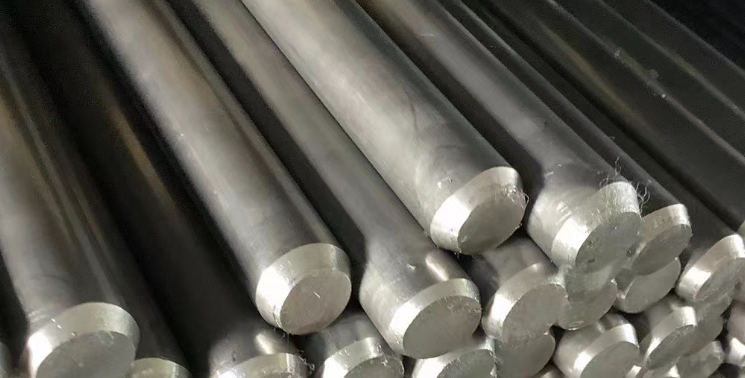Monel alloys, a class of nickel-copper alloys, have carved a niche in the world of metallurgy, owing to their exceptional corrosion resistance and strength. This article delves into the rich history and applications of Monel alloys.

History and Applications of Monel Alloys
Origins and Early Developments
The journey of Monel alloys began in 1905, when Ambrose Monell, the founder of the Monel Metal Mining and Manufacturing Company, patented the first commercially successful nickel-copper alloy known as Monel 400. This alloy, named after the company’s president, marked the dawn of nickel-based corrosion-resistant alloys. Its unique composition of approximately 67% nickel and 30% copper, along with small additions of iron, manganese, and carbon, made it ideal for applications requiring high resistance to corrosion and oxidation.
The initial success of Monel 400 spurred further research and development. In 1919, the research laboratory of the International Nickel Company (now Inco Alloys International) embarked on a project to utilize the high-strength properties of Monel 400 for steam turbine blades. This innovative application further propelled the growth and popularity of Monel alloys.
Evolution and Diversification
The Monel alloy family continued to evolve, expanding to include various grades tailored to specific applications. One such significant advancement was the development of K-Monel in 1926. By adding aluminum to the Monel 400 composition and subjecting it to heat treatment, a fine dispersion of the second phase was created, resulting in the birth of K-Monel. Today, this alloy is commonly known as Monel K-500 and is renowned for its exceptional strength and corrosion resistance.
The evolution of Monel alloys has not been limited to compositional modifications alone. Advances in metallurgy and material science have also contributed significantly to their development. The understanding of microstructures, phase transformations, and alloying effects has enabled the creation of Monel alloys with tailored properties for specific applications.
Applications of Monel Alloys
Monel alloys have found widespread applications in various industries due to their unique combination of corrosion resistance, strength, and ductility. Here are some of the key sectors where Monel alloys have made a significant impact:
Marine Engineering
Monel alloys, particularly N04400, have been extensively utilized in marine engineering due to their excellent corrosion resistance in seawater. They are commonly used in the construction of desalination plants, offshore platforms, and protective coatings for submarine pipelines.
Petrochemical Industry
In the petrochemical industry, Monel alloys such as ALLOY 400 are extensively used in the manufacture of reactors, distillation columns, and piping systems. Their superior corrosion resistance and high-temperature strength make them ideal for handling corrosive chemicals and operating under extreme conditions.
Aerospace Industry
The aerospace industry relies heavily on Monel alloys for their lightweight, high strength, and corrosion resistance. ALLOY 400, for instance, is commonly used in the manufacture of aircraft components and satellite parts.
Power Generation
In the power generation sector, N04400 Monel alloys are used in the construction of turbine blades, generator components, and cable sheathing due to their excellent electrical conductivity and corrosion resistance.
Chemical Processing
Monel alloys are also widely used in the chemical processing industry, especially in handling acids, alkalis, and salts. N04400 is a preferred material for manufacturing reactors, storage tanks, and pipelines in petroleum refining, fertilizer production, and pharmaceutical manufacturing.
Electronics and Telecommunications
In the electronics and telecommunications industry, Monel alloys find applications in the manufacture of electronic components, connectors, and communication base stations. Their excellent electrical conductivity and corrosion resistance make them suitable for use in harsh environments.
Conclusion
Monel alloys have come a long way from their humble beginnings in 1905. Their evolution from a single alloy to a diverse family of materials tailored for specific applications is a testament to the ingenuity and dedication of metallurgists and material scientists. Today, Monel alloys continue to play a crucial role in various industries, enabling the development of innovative products and technologies.
Thank you for reading our article and we hope it can help you to have a better understanding of the rich history and applications of Monel alloys. If you are looking for Monel Alloy suppliers and manufacturers online now, we would advise you to visit Huaxiao Alloy.
As a leading supplier of Monel Alloy from Shanghai China, Huaxiao Alloy offers customers high-quality Monel Alloy products at a very competitive price.



